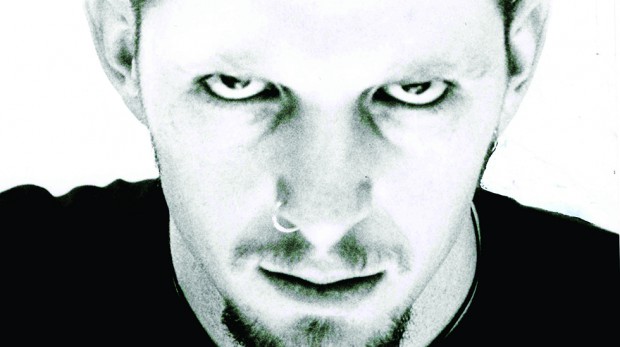
Nick Calpakdjian tells SHANE PINNEGAR that his new documentary about the Australian extreme metal scene, Metal Down Under, is as much an historical document as it is a testament to the enduring power of metal.
Australia is far more widely known for our unique brand of pub rock than for our contribution to the world of heavy metal, but over the three ‘episodes’ and more than 40 interviews that make up the largely crowd funded Metal Down Under DVD, writer/director, Nick Calpakdjian, attempts to explain the significance and influence of extreme metal from this country.
“I thought it would always be more interesting the further back I went,” Calpakdjian explains, “just because I guess my place is in the middle. I started listening to Allegiance in ’91 or ’92. Now, I’ve explored it and there’s as much music before that point as there is after it.
“I guess because the film covers so many years I’ve got different responses from different age groups of people. I’ve got a lot of people saying, ‘it was so good to look back on the ’80s and remember what I was a part of’, as well as a lot of the younger generation saying, ‘I didn’t know metal existed before ’99’ or something like that.”
The film highlights the different evolution of metal in the various capital cities of our country, especially during the ’80s and ’90s. Although Calpakdjian focuses heavily on his hometown Melbourne, bands from all over the country get a good look in, including a few Perth notables.
Amongst the talking heads, local metalheads will recognise Joe Kapiteyn from iNFeCTeD (and more recently, The Devil Rides Out), Psychonaut’s Mark De Vattimo and co., as well as Tony Campo and Dave Harrison of Allegiance.
One point made in Metal Down Under is that bands who were local heroes in Perth or other capital cities often never made it to the rest of the country, and vice versa. Calpakdjian says there is a vast untapped history of metal around the country.
“I think so. I think it made for an interesting look at how the different scenes evolved independently of each other. What was going on in Perth might have been markedly different than what was happening in Brisbane or Adelaide. In Melbourne and Sydney, often we could get a lot more crossover of music because it’s a lot quicker and cheaper because you can drive between.
“But I guess Perth being so isolated, it’s always had its own thing going on and evolved in its own way, and it still does. Now, I guess it is much cheaper and accessible for bands to travel. I think some of the regions within Australia will always evolve just a little bit differently to each other. I think that makes it a more exciting country full of music.”
As anyone who has been buying records since before 1990 can attest, the term ‘heavy metal’ itself has evolved greatly over time. Back in 1987 metal was as much about Poison as it was about Metallica. Going back further, in 1981 AC/DC and Def Leppard were at the cutting edge of metal. For the purposes of Metal Down Under, though, Calpakdjian didn’t restrict himself by defining the term.
“I didn’t really have any strict criteria of what had to be included in a band to be classified as metal,” the director says, pondering for a moment. “I think I might’ve made it easy on myself early on by just quickly glancing at AC/DC and Buffalo and these early bands that we’re not really going to consider metal today, but at the time they were the heaviest thing going around.”